Retro Replay Review
Gameplay
Dissidia: Final Fantasy swaps the traditional turn-based combat of the mainline series for a fast-paced, three-dimensional fighting engine. Each character moves freely across the arena, linking light and heavy attacks into flashy combos. The addition of the “Bravery” gauge, where you steal points from your opponent to boost your own damage, adds a strategic layer that rewards timing and positioning.
(HEY YOU!! We hope you enjoy! We try not to run ads. So basically, this is a very expensive hobby running this site. Please consider joining us for updates, forums, and more. Network w/ us to make some cash or friends while retro gaming, and you can win some free retro games for posting. Okay, carry on 👍)
The game’s RPG roots shine through in its leveling and customization systems. As you progress through each hero and villain’s campaign, experience points and Ability Points (AP) allow you to learn new skills and enhance stats. You’re not merely memorizing button combos but carefully equipping abilities that suit your playstyle—whether it’s high-speed evasion for Lightning or powerful summons for Terra.
Campaign mode is structured around individual character arcs: each fight earned yields Progress Points (PP), unlocking new items, costumes, and character skins. This loop of fighting, earning PP, and unlocking rewards creates compelling motivation to replay character stories. You’ll also find yourself refining move sets and experimenting with different equipment setups as you prepare to tackle tougher foes.
Beyond the single-character story, Dissidia offers Quick Battle and Arcade modes for immediate, pick-up-and-play skirmishes. All stats and skills carry over between modes, so grinding in campaign mode directly benefits multiplayer matches. This cohesion ensures that every fight has meaning, bridging the gap between story-driven progression and competitive play.
Graphics
The visual presentation in Dissidia is a feast for Final Fantasy fans. Character models capture each hero and villain’s signature outfit and weapon with impressive detail. From Cloud’s spiky hair to Kefka’s manic grin, these 3D renditions stay faithful to the original art while benefiting from modern textures and smooth shading.
Arenas draw inspiration from iconic locations across the series: the beacons of Midgar’s reactor, the lush fields of Alexandria, and other memorable backdrops. Each battlefield is dynamic, with subtle environmental interactions and particle effects that heighten the drama of summon attacks and Limit Break–style super moves.
Combat animations are fluid and impactful. Light combos flow seamlessly into heavy strikes, and the camera dynamically shifts during climactic moments—such as a summoned Bahamut’s beam assault—delivering a cinematic punch. Occasional slow-motion effects underscore critical hits and ability activations, making each clash feel epic.
While the arenas are generally well-designed, some stages can become visually busy when multiple characters and effects overlap. However, the frame rate remains stable for the most part, ensuring responsive controls and preventing visual clutter from impacting gameplay clarity.
Story
At its core, Dissidia’s narrative is a classic clash between two deities: Cosmos, the goddess of harmony, and Chaos, the god of discord. Caught in their eternal struggle are fourteen legendary warriors—protagonists and antagonists plucked from across Final Fantasy history. Each character’s loyalty and destiny are tested as they wage war on behalf of their chosen god.
The game unfolds through individual character campaigns rather than a singular linear story. This approach allows players to experience unique dialogue and boss encounters for each fighter. For instance, playing as Squall reveals different motivations than playing as Sephiroth, enriching the lore and showcasing the distinct personalities that shaped the Final Fantasy saga.
Though the central plot framework is straightforward—collect the crystals of Chaos and restore balance—the character interactions bring moments of humor, tension, and nostalgia. Squabbles between rivals like Zidane and Kuja provide fan-service banter, while more somber arcs, such as Tidus’s journey, offer introspective reflections on purpose and sacrifice.
While some purists might miss the deeper world-building of mainline RPG entries, Dissidia strikes a balance by weaving personal stories into battle-centric scenarios. The narrative cohesion relies on familiar faces and stakes high enough to motivate repeated revisits to each campaign.
Overall Experience
Dissidia: Final Fantasy stands out as a crossover fighter that respects its RPG heritage. By blending real-time combat with character progression, it caters to both fighting game enthusiasts and role-playing fans. The satisfying feedback loop of leveling, skill growth, and unlockable extras ensures long-term engagement.
The game’s replay value is substantial. With fourteen individual campaigns and multiple game modes—single battle, Quick Battle, Arcade—there’s always a new team composition to test or a favorite character to master. Unlockable costumes and bonus characters keep the progression feeling meaningful well past the first dozen hours.
Multiplayer matches, both local and online (depending on platform), allow you to pit your customized warriors against real opponents. The carryover of stats and abilities means that investment in campaign mode has tangible impacts on competitive play. However, newcomers to fighting games may face a steep learning curve in mastering combos and defensive techniques.
In sum, Dissidia: Final Fantasy offers a unique spin on the franchise that celebrates its iconic heroes and villains in arena combat. Its engaging gameplay systems, nostalgic graphics, and character-driven narratives make it a compelling purchase for fans seeking a blend of action and RPG depth.
 Retro Replay Retro Replay gaming reviews, news, emulation, geek stuff and more!
Retro Replay Retro Replay gaming reviews, news, emulation, geek stuff and more!
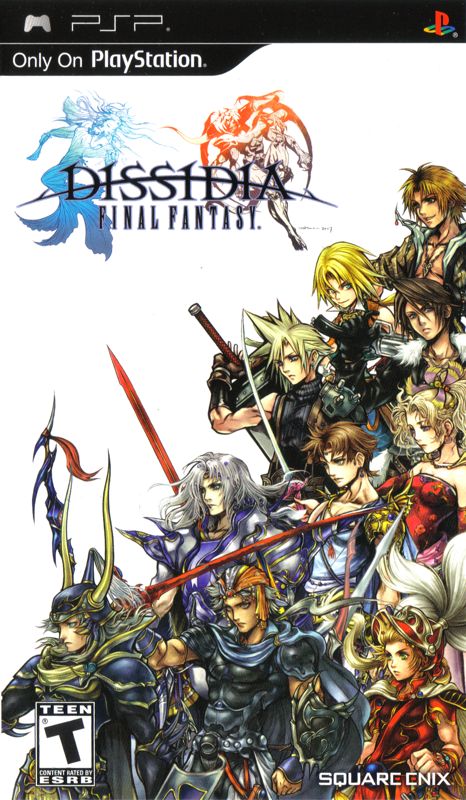
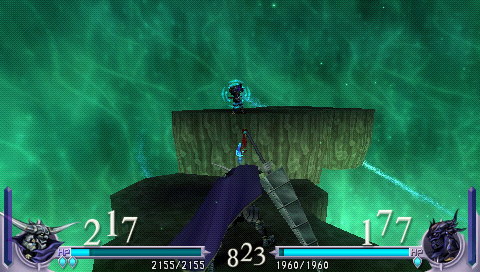
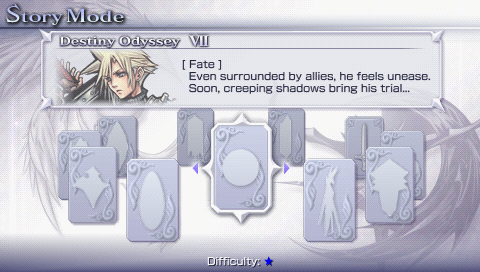
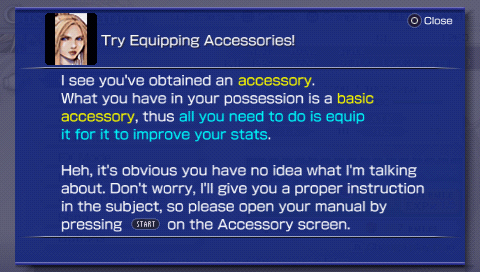

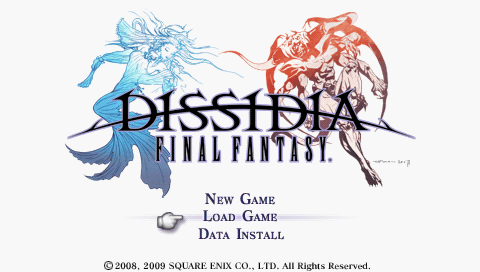



Reviews
There are no reviews yet.